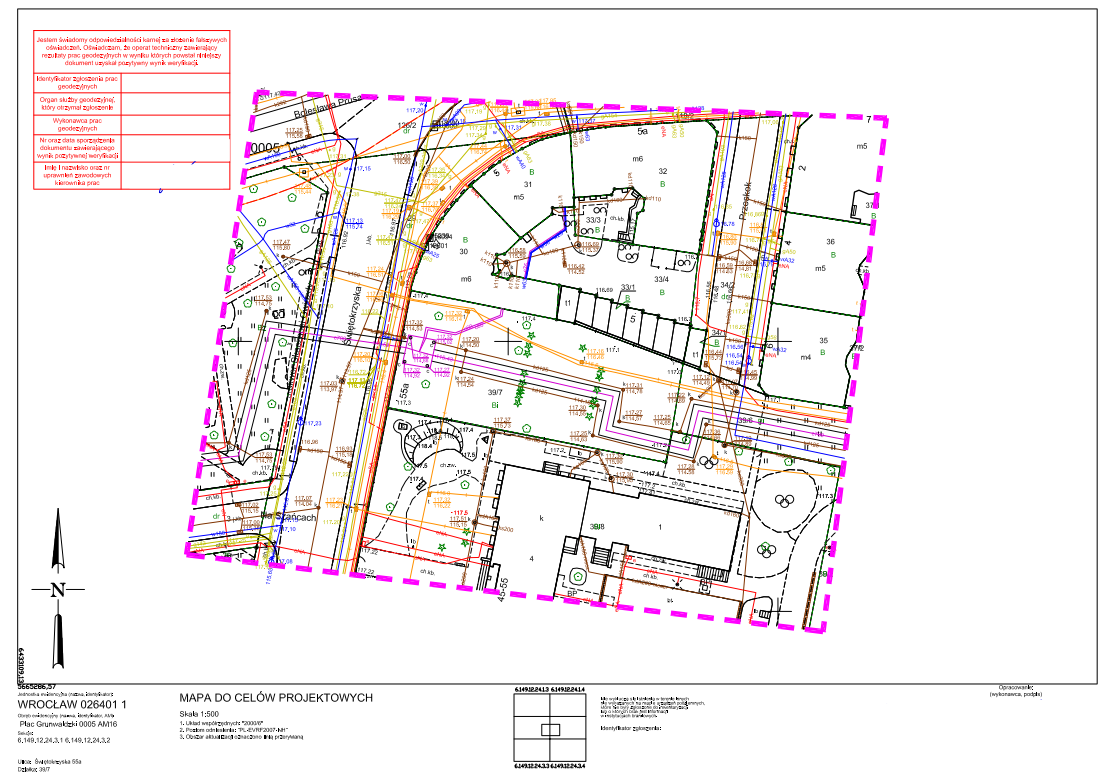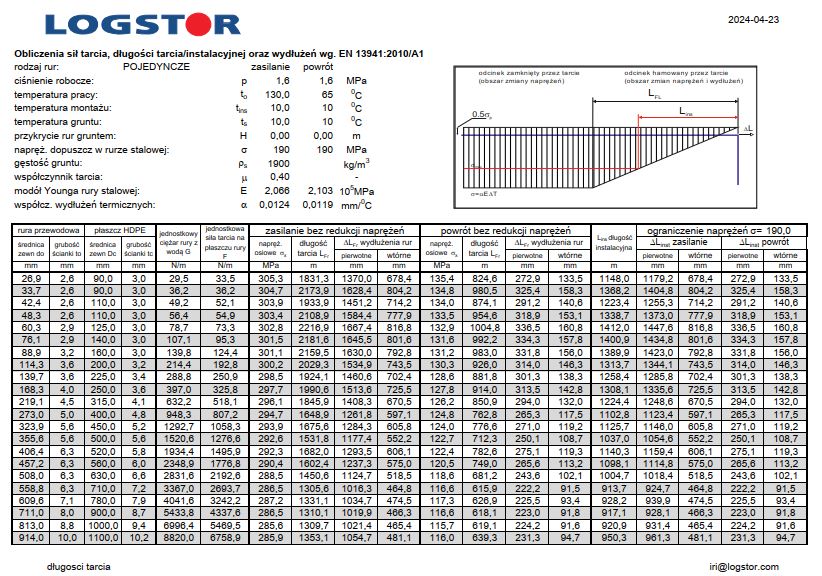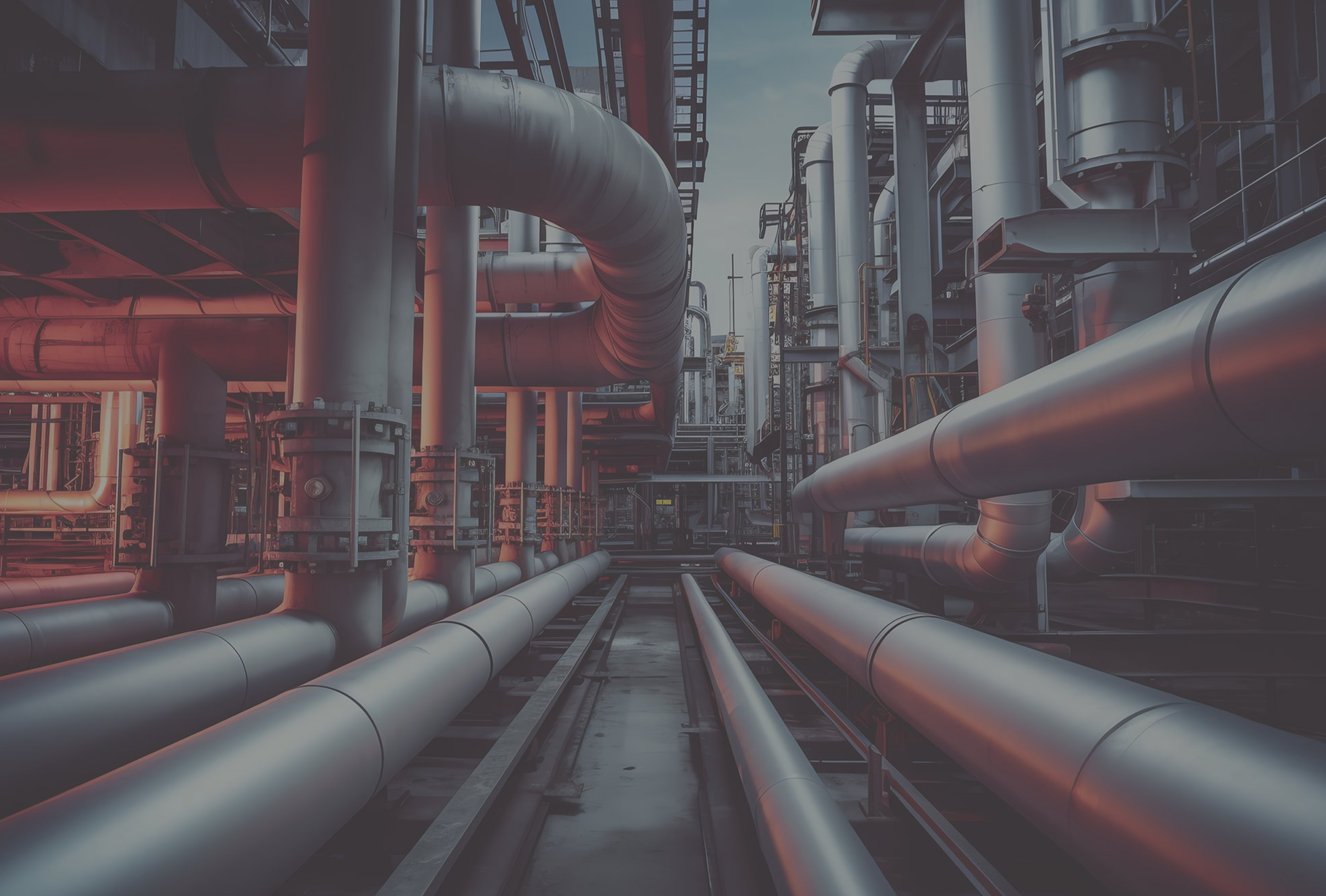Why choosing the right installation designer
of heating and district heating is crucial to the
functionality and energy efficiency of buildings.
Learn the secrets of design optimization.
Heating and district heating designers play a key role
role in providing efficient and economical heating for the
Any type of building.
Their knowledge and skills allow
Creating systems that not only provide a comfortable environment
heat, but also are environmentally friendly and economical for the
portfolio of those operating the facilities.
Design of heating and district heating systems.
Highlights
- The sanitary designer has a key influence on the efficiency of heating systems, which should be designed taking into account the specifics of the facility, regulations and technical standards.
- A professional design studio ensures high precision and quality of sanitary and heating installation projects by using experience, a team of experts and advanced IT tools.
It is important to take into account the various technical factors and individual needs of the client at each stage of the project, using modern equipment and complying with the latest technical and legal standards. - Notification of the construction works of the district heating network and submission of a complete technical design taking into account all legal requirements and safety standards is necessary to start work on the site

The design of district heating systems is an important area of engineering, especially in the context of ensuring the efficient and economical provision of heat in urban settings.
The knowledge and skills of engineers involved in the planning and design of district heating networks can meet this challenge.
“
The designer in any project is not just a complement, but a foundation that gives shape and character to future works.
Discover the importance of properly understanding map content in heat network design
The designer of a district heating network places particular emphasis on identifying and resolving potential collisions with aboveground and underground technical infrastructure.
He analyzes strength and economic aspects, as well as the impact of design solutions on subsequent operation.
A fundamental element of urban infrastructure design is reading the contents of maps updated for design purposes.
The ability to interpret the content of the map allows designers to identify existing infrastructure and available spaces, which is crucial when planning the route of underground district heating networks.
In urban conditions, where space is limited and there is a high density of buildings, the design of underground networks becomes particularly challenging.
Designing the route of underground district heating pipes requires taking into account not only the location of existing pipelines (sanitary sewers, storm sewers, water pipes, gas pipes), power and telecommunications lines and other infrastructure elements, but also the layout of rooms and buildings, which is crucial for the efficiency and functionality of the heating system.
Extensive underground networks can be complex, and their optimal layout requires precise planning.
Designers must take into account not only the current infrastructure, but also planned or anticipated expansions to avoid the need for future redesign to remove clashes.
The solutions of district heating network designers require creativity, flexibility and cooperation with other engineering branches.
Optimal solutions may include rerouting district heating pipes, repositioning existing infrastructure elements or using innovative technologies (such as TWIN district heating pipes).

In the maze of bureaucracy: difficulties of the designer of district heating networks in obtaining branch agreements
According to Art.
20 para.
1 of the Law – Construction Law, it is the designer’s responsibility to obtain the necessary, consents, opinions and branch agreements.
To achieve the goal, the designer must demonstrate not only technical expertise, but also effective communication and negotiation skills.
Obtaining all the necessary industry approvals and agreements is a complex process and requires cooperation with various entities, such as property owners, public administrations, regulatory institutions, as well as other companies and industry enterprises (utility operators).
Coordinating activities and meeting the various requirements of each party can be extremely complicated.

Laws and industry standards may vary depending on the location and nature of the project.
The designer must constantly monitor changes in the law to ensure that the project complies with applicable regulations.
During the process of agreeing on a project, conflicts of interest may arise between different parties, for example, between the property owner and the developer, or between underground infrastructure managers.
The designer must skillfully manage these conflicts and find compromise solutions that are acceptable to all parties involved.
When agreeing on a design, it is also important to ensure compliance with technical requirements and safety standards.
The designer of the district heating network must ensure that the design follows best engineering practices and meets all safety requirements.
The process of obtaining all approvals and agreements can be lengthy and require patience and perseverance on the part of the designer.
Negotiations, consultations, and possible revisions and adjustments to the design can drag on, which can delay the entire project.
Installation design – choosing the right materials
The designer of a district heating network uses materials that will increase energy efficiency and reduce heat loss.
Pre-insulated pipes are characterized by high thermal insulation, which makes it possible to reduce heat loss during transmission from the heat source to end users.
Compared to traditional district heating pipe systems, which require an additional layer of external insulation and a reinforced concrete casing, pre-insulated pipes are compact and easier to install, resulting in reduced installation and maintenance costs.
Using modern pre-insulated pipe systems (including district heating pipes with thickened PLUS insulation), designers can effectively reduce heat losses along the heat transfer route, which translates into greater energy efficiency of the entire district heating system.
Reducing heat losses not only contributes to reducing energy consumption, but also reduces emissions of carbon dioxide and other environmentally harmful substances, which is important in the context of combating climate change.
Alarm installation – constant monitoring and control of the heating network
Designing alarm systems for district heating networks is critical to ensure safety, monitoring and rapid response in the event of a network failure.
Leaks in district heating networks pose a threat to neighboring infrastructure and inconvenience and problems for the building’s heat consumers.
District heating network alarm systems perform constant surveillance and alert on any irregularities due to mechanical damage, leaks or leakage.
As a consequence of the lack of such supervision, losses of heating medium and restrictions on heat supply to end users are much more common.
The designer selects control devices, wires and connections.
He also takes responsibility for the proper operation of the entire surveillance system.
Strength calculations
The designer prepares a series of strength calculations for district heating network pipelines and fittings, which involves assessing the structural capacity of individual components and the entire system to ensure safe and reliable operation.
Strength calculations of district heating pipes are a key design stage, ensuring that the designed network can withstand the loads that may act on it during operation in the face of varying (throughout the year) heating medium temperatures.
Strength calculations are made after planning the route and profile of the network.
The designer takes into account the temperature of the heating medium (its variation over the year), pressure, stresses due to soil pressure and many other parameters.
When analyzing the stresses in the network, it is necessary to stick to strict norms in order to avoid cracks or deformation of pipelines in subsequent years of network operation.

Your investment – imagine it.
How technical drawing affects the project
A designer who creates a good technical drawing has a much better chance that the developer will understand his intentions.
This is a very important part of the project.
A contractor working on behalf of the Investor at the stage of analyzing the scope of work uses mainly drawings.
Technical drawings allow visualization of the project which facilitates understanding and communication between members of the project team Investors and other stakeholders.
With clear drawings, information about the planned network route, equipment location or pipeline layout can be quickly communicated.
Precision and accuracy.
They help you avoid errors and inaccuracies during the implementation of the project, which translates into time and cost savings.
A good technical drawing of a district heating network is an indispensable part of the design and operation process.
Its careful execution contributes to the effective implementation of the project, minimizing the risk of errors and ensuring the reliability and efficiency of the entire district heating system.
Summary
Cooperation with a professional design studio is a guarantee of access to a comprehensive team of experts, which enables a professional approach to the design of complex district heating systems.
Experienced design studios offer innovative solutions and the use of the latest technologies, which translates into efficiency and effectiveness of the designed district heating systems.
Hiring a professional design studio guarantees a high level of work and accuracy in the design process by using their experience and specialized IT tools.
A design studio can streamline the design process through a systematic approach, which results in time and cost savings for the developer, as well as ensuring the quality of the design documentation.


